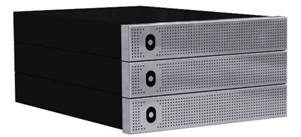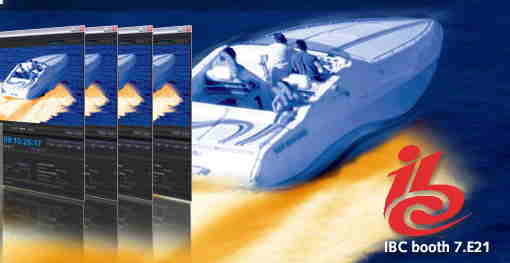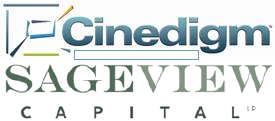A wide range of applications can be addressed using PRISTINE: Digital Cinema, Audiovisual Lossless Archiving, 3G Contribution, 3D Stereoscopy and Ultra- High-Resolution applications.“We are setting a new standard with the PRISTINE. It is really a breakthrough to have a board that can perform JPEG 2000 compression and decompression in 4K with this level of flexibility and performance”, says Jean-François Nivart, C.E.O. of intoPIX.
For Digital Cinema Package creation (DCP), the PRISTINE offers ultra fast, fully DCI compliant 2K & 4K encoding with frame rates going up to 120fps for 2K and 30fps for 4K resolutions respectively. PRISTINE handles RGB, YUV or X’Y’Z’ content.
For Broadcast Contribution, the PRISTINE can process virtually all HD formats in real-time, with the possibility of working in multichannel mode. This allows addressing major applications in contribution for HD, 3G and 3D stereoscopic.
For Audiovisual archiving, PRISTINE uniquely accelerates JPEG 2000 encoding and decoding while supporting a wide range of resolutions up to 4K+ (4096×3112). The embedded intoPIX technology allows both Mathematically and Visually Lossless compression providing unaltered quality. The PRISTINE range answers the challenge of long term audiovisual content archiving.
Combining several PRISTINE boards gives access to the most demanding applications in terms of high resolutions. Processing Ultra High Resolution 8K is now possible, with both Mathematically and Visually Lossless compression.
The new PRISTINE JPEG 2000 Boards will be available starting Q4 2009. For more information, please contact [email protected]. Specifications on the PRISTINE JPEG 2000 boards are available at the intoPIX booth #10.D29 (Hall 10) during the IBC 2009 Exhibition in September and downloadable at www.intopix.com .
About intoPIX intoPIX develops and commercializes high end image processing and security tools for large data streams with high intrinsic value. The applications focus in particular pictures with highly demanding requirements regarding quality, security and authoring rights. Based in Louvain-la-Neuve (Belgium), intoPIX was established in 2005, quickly becoming the international reference for hardware-based JPEG 2000 coding solutions. More information on the company and its product range can be found at their website at www.intopix.com
intoPIX s.a. Place de l’Universite 16
B-1348 Louvain-la-Neuve Belgium Tel: +32 (0)10 23 84 70 Fax: +32 (0)10 23 84 71 [email protected]







